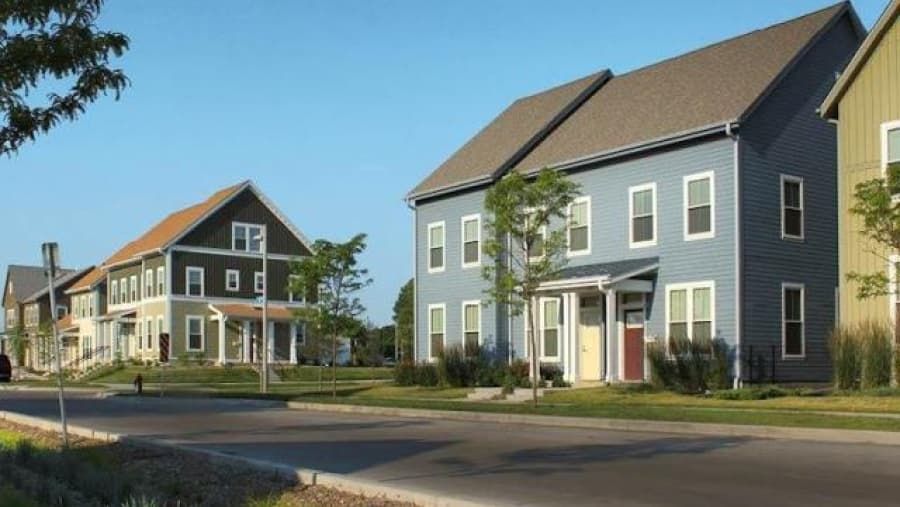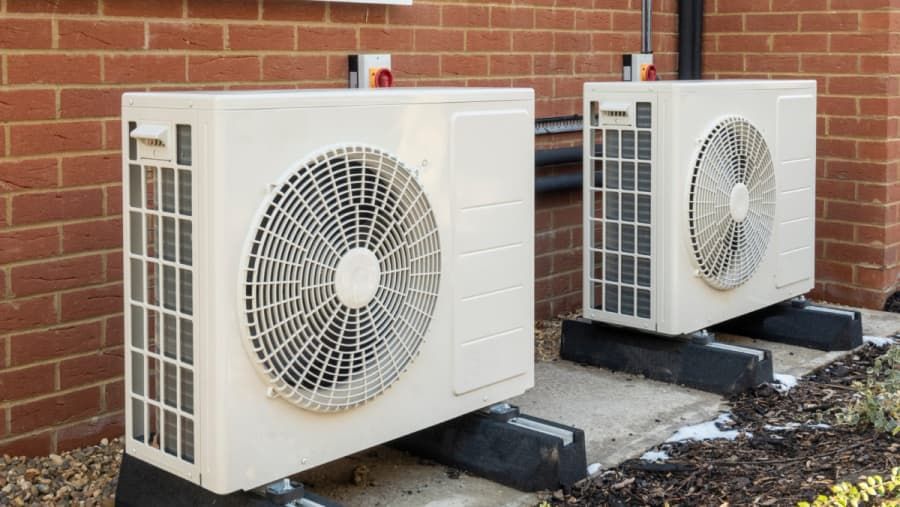The Section 8 Housing Choice Voucher Program: Providing Affordable Housing Opportunities
The Section 8 Housing Choice Voucher Program, otherwise called the Housing Choice Voucher Program, is one of the essential government housing help programs in the US. In this article, we will investigate how this program assists individuals with getting reasonable and respectable housing.
The origins of the Section 8 program can be traced back to the Housing and Community Development Act of 1974, which consolidated several existing federal housing assistance programs into a single voucher-based system. The program was designed to give participants more choice in where they live, as vouchers can be used to rent housing in the private market rather than being restricted to public housing projects.

How the Section 8 Program Works
The program provides eligible households with a coupon that can be used to rent a unit in the private rental market. The amount of the coupon is based on a FMR established by HUD for the local area, which takes into account the cost of rent and utilities. Participating families are generally required to pay 30% of their adjusted monthly income toward rent, with the coupon covering the remainder.
To be eligible for the program, a family's income must be at or below half of the median income for the local area. Certain preferences may also be given to applicants who are homeless, living in not standard enough housing, or paying more than half of their income toward rent. Once a household receives a voucher, they are responsible for finding a suitable rental unit and negotiating the lease with the landlord. Landlords who accept Section 8 vouchers must ensure their units meet certain housing quality standards set by HUD. These standards cover factors such as the physical condition of the unit, the safety and security of the property, and the availability of essential utilities and appliances.
Benefits and Challenges of the Section 8 Program
The Section 8 program has been praised for its ability to provide low-income families with greater housing choices and opportunities to live in neighborhoods that may offer better schools, job prospects, and access to services. By utilizing privately-owned rental housing, the program also helps to deconcentrate poverty and promote economic integration. However, the program has also faced its fair share of challenges over the years. One of the primary issues is the limited availability of affordable housing units that accept Section 8 vouchers. In many high-cost housing markets, landlords may be reluctant to participate in the program due to the additional requirements and perceived bureaucratic hurdles.
Another challenge is the long waiting lists for Section 8 vouchers in many communities. Due to limited funding, housing authorities often have to maintain long waitlists, leaving eligible families waiting for years before receiving assistance.
Additionally, some critics have argued that the program has contributed to the creation of "voucher ghettos," where Section 8 recipients are concentrated in economically disadvantaged neighborhoods with fewer resources and opportunities.
The Future of the Section 8 Program
Despite these challenges, the Section 8 program remains a critical component of the nation's efforts to provide affordable housing and improve the living conditions of low-income families. In recent years, there have been calls for reforms and expansions to the program, such as increasing funding, streamlining the administrative process, and encouraging greater landlord participation.
As the demand for affordable housing continues to grow, the importance of the Section 8 program is likely to only increase in the years ahead. By providing stable and decent housing opportunities, the program has the potential to positively impact the lives of millions of Americans and help break the cycle of poverty.
Guess you like
-

Cheap Mobility Scooters for US Seniors
-

Where to Find All-Inclusive Luxury Overwater Bungalows Without Straining Your Budget
-

How to Choose the Right Online Marketing Degree
-

Unlock Affordable High-Speed Internet for Businesses
-

Why We Need Cybersecurity Software to Protect Our Data
-

Heat Pumps: A Wise Choice for Heating Old Buildings?



